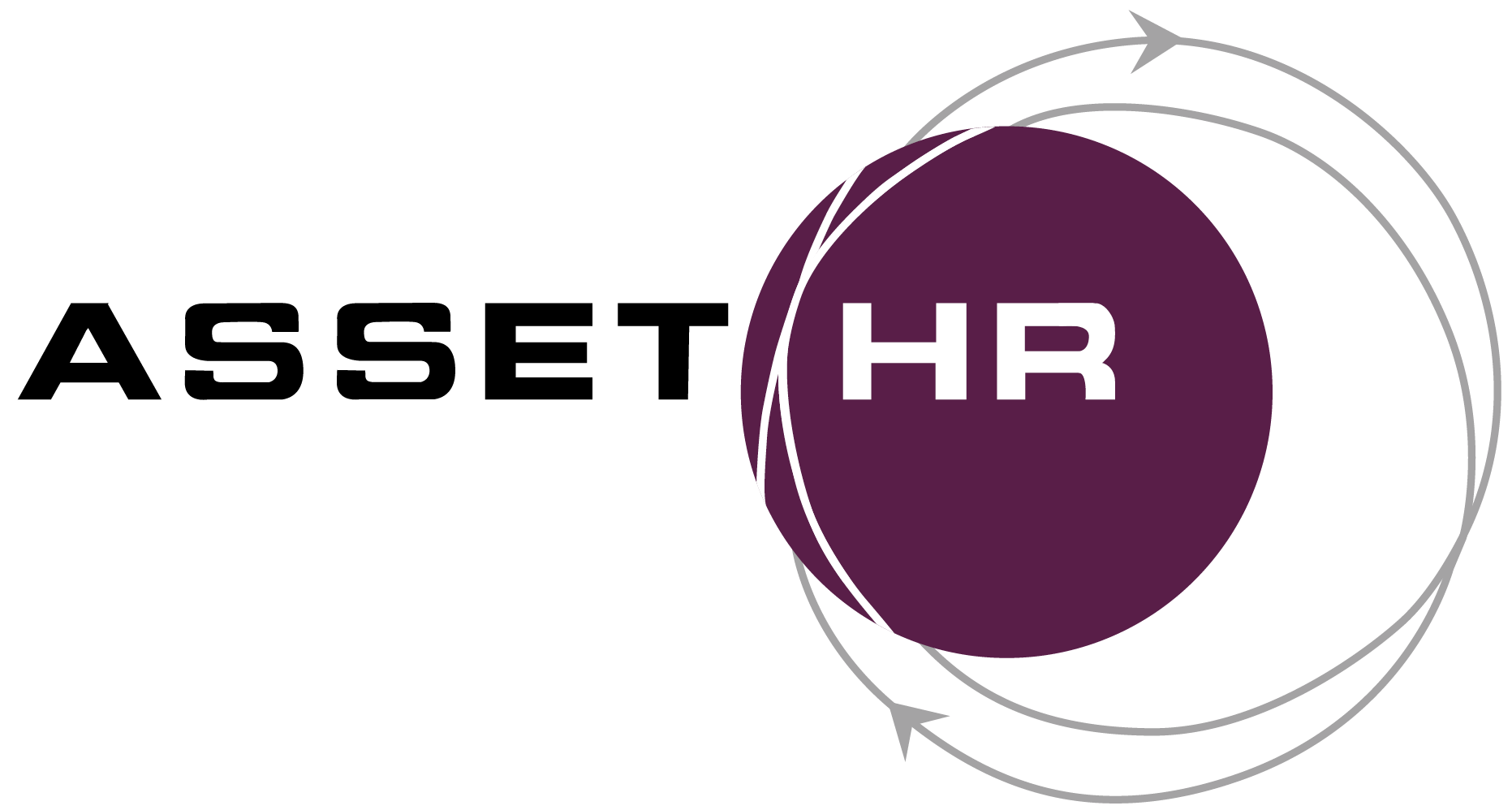Hiring Climate: Navigating Layoffs and Gig Work

Across global business operations, disruption seems to be the name of the game. From economic headwinds to labor shortages to geopolitical conflicts and the rise of emerging technologies, business leaders are having to navigate changes at an unprecedented pace.
From tech giants like Intel to shipping and logistics companies like UPS, many companies are reducing their workforces to cut costs and make room for new technology. According to a recent jobs report from the World Economic Forum, 73% of employers plan to accelerate the automation of processes and tasks. As a result, 41% plan to reduce staff who have irrelevant or unnecessary skill sets.
At the same time, the United States is seeing a rise in the number of businesses relying on a nontraditional workforce. Data from the Bureau of Labor Statistics suggests that 4.3% of the workforce is contingent, while another 10.2% have alternative working arrangements, such as employment through a temp agency, as an independent contractor, or in an on-call role.
Other data suggests that these numbers may increase; currently, 38% of workers have freelanced, and 53% of Gen Z freelancers plan to move away from traditional nine-to-five jobs in favor of freelancing full time. There is little doubt that workforce management is changing, and it’s critical for HR leaders to plan for success.
HR Challenges With Mass Layoffs and the Gig Economy
Here are some of the considerations and challenges that HR leaders face in the current business environment, along with tips on overcoming them.
Challenges During Layoffs
There’s much for HR leaders to consider when it comes to laying off employees. Even if layoffs are necessary for business survival, you cannot ignore accusations of wrongful termination or breach of contract. You must also consider whether your decisions about who gets laid off may be seen as discriminatory or will disproportionately impact protected groups.
Considerations for Gig Workers
While contingent and alternative workforces may seem like the answer to financial and labor challenges, this structure isn’t without flaws and potential setbacks.
There are compliance issues at play, including how to properly classify gig workers. Simply labeling someone as a “freelancer” or “contingent worker” doesn’t mean they qualify as such — the Department of Labor relies on an “economic realities” test to classify employees, taking the circumstances of their employment into consideration.
For example, nontraditional workers may be considered employees if your business controls work locations and hours, uses temporary workers indefinitely, or has gig workers rendering services for integral business duties.
The DOL or IRS can assess serious penalties for misclassification. Some employers have faced lawsuits from state agencies and gig workers themselves for a lack of access to benefits and protections.
How to Ensure Success in Times of Transition
To keep compliance woes at bay, HR leaders must engage in scenario planning. This allows you to understand the risks involved with hiring gig workers, exploring how the decision to cut costs or rely more on technology could impact the workforce and the business.
Before you lay off employees or engage with gig workers, make sure that this approach to workforce management will be sustainable over the long haul. Sorting out compliance issues up front protects both your company and your employees.
Working With an Expert Is Your Best Bet in Today’s Hiring Climate
Are you facing layoffs or worker classification challenges? Partner with the HR and compliance experts at AssetHR. With our Compliance Center, we offer convenient, on-demand access to knowledgeable HR experts and attorneys to ensure you’re on the right track in assessing risks and developing best practices.
Additionally, the Compliance Center offers ongoing webinars and training to keep HR leaders up to date with legal changes and provide guidance on updating employee handbooks and protocols accordingly. From classification to employee onboarding to payroll processing and more, the Compliance Center provides you with the HR and legal support you need to develop a thriving workforce.
If you’re ready for answers in today’s tricky hiring climate, AssetHR is here. Contact us today to see how we can help your company develop a workforce strategy that truly works for you.

